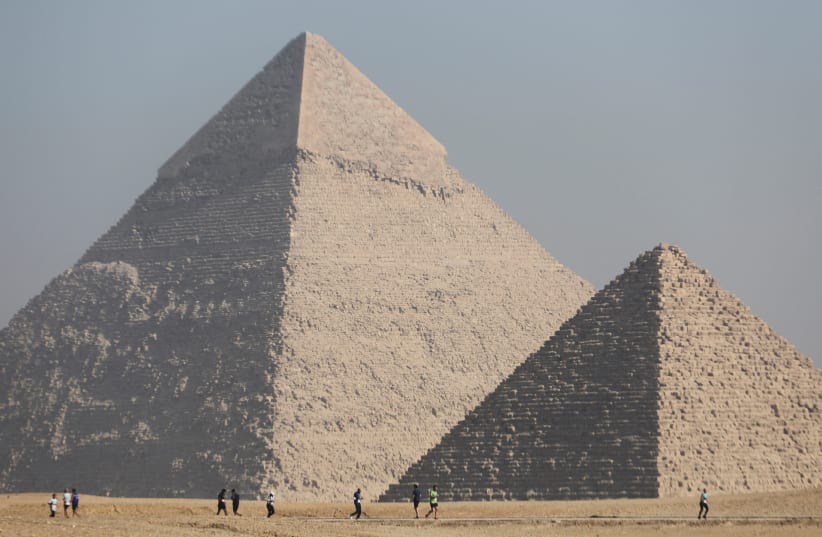An ancient Egyptian tomb dating back to at least 3,500 years ago was recently uncovered in the Nile River's west bank in Luxor, Egyptian authorities announced on Facebook on Saturday.
The identity of the figure interred within the tomb is still unknown, but according to Egypt's Supreme Council of Antiquities head Mostafa Waziri, it may belong to someone from the 18th Dynasty.
This would put the pharaoh as part of the New Kingdom, considered by many to have been the greatest of Egypt's golden ages.
The excavation itself was conducted by researchers from Egypt's Supreme Council of Antiquities and archaeologists from the University of Cambridge.
What do we know about this ancient Egyptian tomb?
The reason it is believed to be a tomb for someone from the 18th Dynasty during the New Kingdom era is due to certain elements in the tomb.
This is further supported by claims from the head of the British research mission at the site, Piers Litherland, who said the tomb could potentially be the final resting place of a royal wife or princess from the 18th Dynasty.
Also known as the Thutmosid Dynasty, this era lasted from 1550 BCE to 1292 BCE and started the New Kingdom. Its name derives from four of its pharaohs being named Thutmose, though it also famously included other iconic pharaohs such as the "heretic" Akhenaten and the two reigning pharaohs queens Hatshepsut and Nefertiti. Its sixth pharaoh, Thutmose III, is remembered as one of Egypt's greatest and has often been given the title of Thutmose the Great.
However, the nature of the "18th dynasty characteristics" inside this newly discovered tomb aren't exactly clear, since the interior of the tomb itself was in poor condition.
According to Egyptian archaeologist Dr. Mohsen Kamel, parts of the burial chambers were filled with sand and limestone sediment by ancient floods, which impacts the condition of the interior, including some of the inscriptions.
But the researchers are undeterred, with the joint Egyptian-British mission, led by Dr. Fathi Yassin, continuing to complete the excavation and documentation of the site.
It is hoped that this will further support the idea that this was an 18th-dynasty tomb.
Archaeology and Egypt: A hope to revitalize tourism
With a history going back tens of thousands of years and home to one of the oldest civilizations on Earth, ancient Egypt is home to a wide variety of archaeological sites.
As such, Egypt has placed its archaeology as a major part of its drive to boost tourism.
Currently, tourism in Egypt accounts for 10% of its total GDP and two million jobs, according to AFP.

